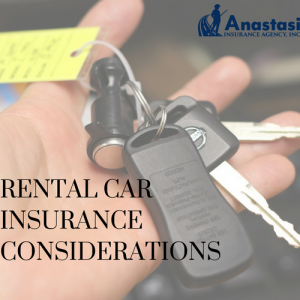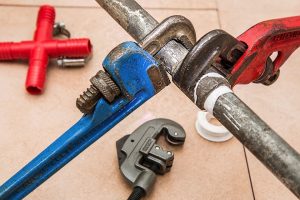There’s nothing like the freedom you feel when riding a motorcycle but if you’re on the road, you’re at risk. To ensure you’ve got the coverage and financial protection you need, consider the following motorcycle insurance coverage options.
Liability Insurance Coverage
Required by most states, liability insurance covers bodily injury and property damage that you may cause to other people involved in an accident.
Bodily injury liability – typically covers the other driver or your passenger’s expenses such as medical bills, lost wages, and pain and suffering.
Property damage liability – typically covers the expense of repairing damage to others’ property (vehicles, homes, fences, etc.).
Collision Insurance Coverage
Collision insurance covers damage, minus your deductible, to your motorcycle if you are involved in an accident. Keep in mind, collision insurance usually covers the book value of the motorcycle before the loss occurred.
Comprehensive Insurance Coverage
Comprehensive coverage pays for damages caused by an event other than a collision, such as fire, theft or vandalism. However, just like collision insurance coverage, your policy will pay for damages, minus your deductible, and will cover only the book value of the motorcycle.
Uninsured/Underinsured Motorist Coverage
Uninsured/underinsured motorist insurance coverage covers damages to you and your property caused by another driver who either is uninsured or underinsured to cover your damages. This coverage typically pays for medical treatment, lost wages and other damages.
Optional Equipment Coverage
If you decide to customize your motorcycle, you should look into obtaining additional or optional equipment coverage. Most comprehensive and collision insurance coverages will only cover the factory standard parts on your motorcycle.
Is a “Lay-up” Right for You?
There’s no need to fully insure your motorcycle if it’s stored for an extended period of time. With a lay-up insurance policy, all coverage except comprehensive is suspended for a specified period of time. Ask us for more details about this more affordable seasonal coverage option.
Call our office today at (508) 248-1440 to learn more about all of our affordable vehicle insurance and personal risk management solutions.
Anastasi Insurance Agency, Inc.
www.anastasiinsurance.com
(508) 248-1440
Gain freedom on the road with the right motorcycle coverage. We can help!
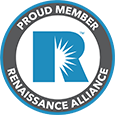
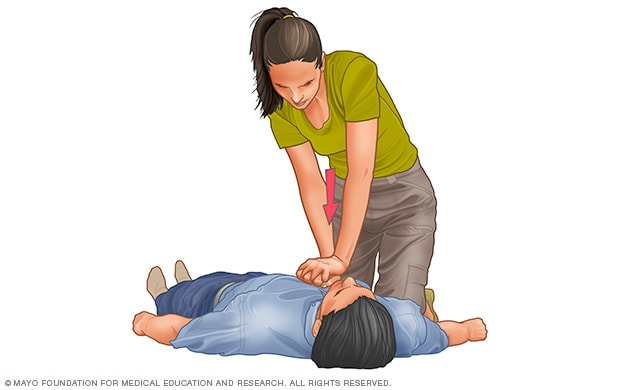
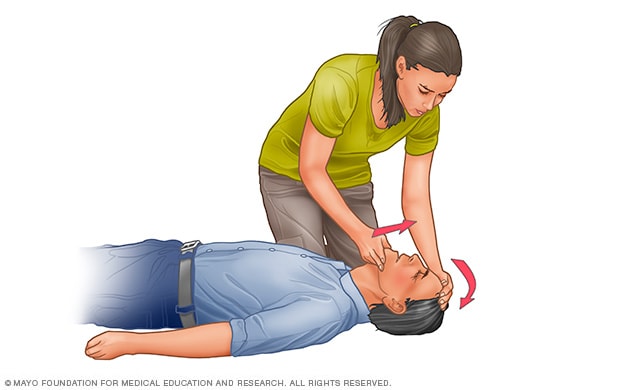
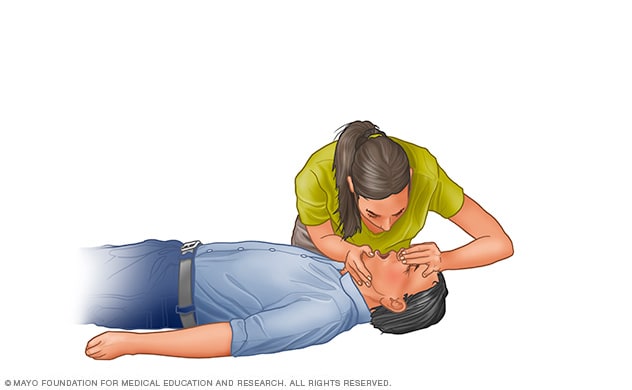
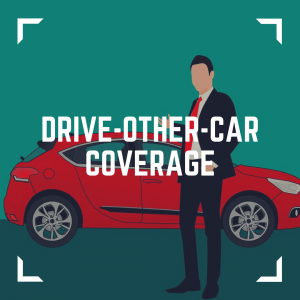 often do not have an additional automobile and therefore do not carry a personal automobile policy.
often do not have an additional automobile and therefore do not carry a personal automobile policy.